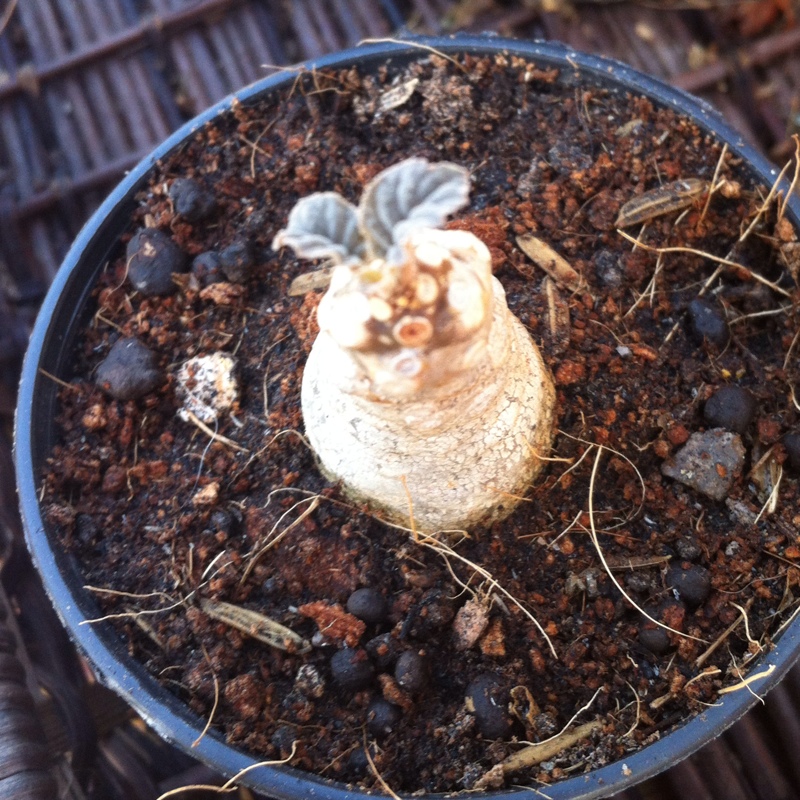
Dorstenia foetida
Grendelion
Dorstenia are native to north east Africa. They form a caudex (a stem at the base from which the leaves grow) just above the soil. Some have upward-facing branches. The leaves are attractive, and non-succulent,of various shapes depending on the species. Some have sunflower- like flowers that can spray seeds all over your greenhouse.
Contributed by @beauhomefarming
-
Full sun to partial shade
-
Occasional watering
-
Frost Hardy: 23F (-5°C)
-
Free draining
Common name
Grendelion
Latin name
Dorstenia foetida
type
Succulent
family
Moraceae
ph
6.0 - 8.0 Acid - Neutral
Plant & bloom calendar
-
Best time to plant
-
When the plant will bloom
full grown dimensions
 0.35 M
0.35 M
0.35 M
0.35 M
Dorstenia foetida
Dorstenia are native to north east Africa. They form a caudex (a stem at the base from which the leaves grow) just above the soil. Some have upward-facing branches. The leaves are attractive, and non-succulent,of various shapes depending on the species. Some have sunflower- like flowers that can spray seeds all over your greenhouse.
Flowering
From Late Spring TO Mid Autumn
Dorstenia have pseudanthium - or false flowers - in colours varying from green to yellow, red, brown or purple, and in various forms, according to the variety. The flowers are followed by drupes, some varieties have drupes that "explode" scattering the seeds quite a distance
Planting
From Early Spring TO Mid Spring
Plant in free-draining soil or compost, and if container grown, place on a bright window-sill
Propagating by seed
From Early Spring TO Mid Spring
Most varieties of dorstenia are self-fertile, and many scatter their seeds explosively when they are ripe, and so new plants may appear without having been sown deliberately. Seed can also be sown in pots in Spring in damp, (not wet) free-draining compost


























